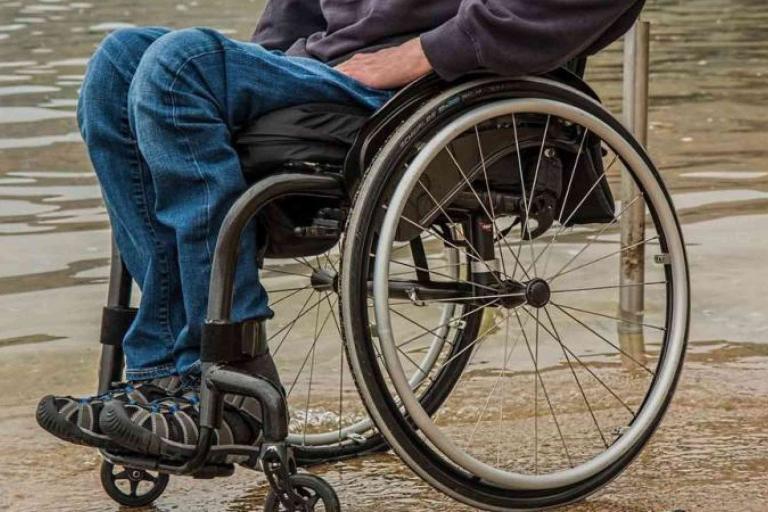High-risk populations are agents of change for disaster risk reduction

The International Federation of Red Cross and Red Crescent Societies (IFRC) hosted a moderated interactive workshop on High-Risk Populations (HRP) as Agents of Change for Disaster Risk Reduction (DRR). This workshop was part of the regular agenda at the Fifth Regional Platform for Disaster Risk Reduction in the Americas (RP17), which is currently taking place in Montreal, Canada.
The Sendai Framework recognizes the high impact of disasters on vulnerable persons and encourages contributions from high-risk populations as stakeholders. Working sessions at the 3rd World Conference for DRR called for more inclusion of high-risk populations in policy and planning. In follow-up, this session explores the contribution that high-risk populations can make towards the achievement of Sendai Framework Priorities.
The session was co-hosted by the IFRC and Resilience Coalition for Children and Youth from Latin America and the Caribbean (CORELAC in Spanish). Susana Urbano from RET moderated the session with Carlos Kaiser, Saul Zenteno, Andria Grosvenor, Tracey O’Sullian making up the panel.
Carlos Kaiser, Executive Director, Inclusive NGO, said “Disabling is preventable because often environmental barriers and the way we do things are what really prevent participation for people with disabilities. Nothing for us without us, we want to have meaningful participation in the decision-making process”.
Due to its interactive set-up, the session allowed participants to discuss the way that DRR actions could be adapted to include contributions by high-risk populations and their differentiated needs. This helped document specific recommendations and potential actions towards each of the four Sendai priorities, and draft key advocacy messages for Governments regarding high-risk populations, taking into account specific regional contexts, such as violence and migration.
“We young people have to see our own actions and reflect on our own possibilities. The focus must be on the social participation of high-risk groups that generate dialogue, especially in the area of public policies”, reflected Jose Paez, youth representative, civil society, during his speech.
For its parts, Andria Grosvenor, of Alliance and Cooperation Services Manager at Caribbean Disaster Emergency Management Agency, said “natural disasters are increasing in scale and magnitude and high risk populations bear the brunt of their impact. Disasters exacerbate already existing vulnerabilities, including insufficient awareness. We must begin by creating a better link with the Sustainable Development Goals. Additionally, we need to start seeing high risk populations as agents of change and let their voices be heard”.
The IFRC is committed to placing people at the center of our actions, which includes disaster risk reduction. As such, it is important to ensure that high-risk populations can actively participate in reducing their vulnerabilities in the face of disasters and increasing their individual and community resilience.
- WMO Member:
- Albania

